Lahti-Saloranta M/26 Light Machine Gun — Finland’s Proto-Assault Rifle
February 13th, 2024
7 minute read
In today’s article, Peter Suciu examines the Lahti-Saloranta M/26 light machine gun designed by Aimo Lahti and Arvo Saloranta in 1926. Was it an early example of an assault rifle or perhaps an inferior LMG? Please note that the Lahti-Saloranta is known as both the LS/26 and the M/26, and the two terms are used interchangeably.
Though the term “assault rifle” isn’t exactly one that is in vogue today, largely because of the mainstream media’s attempt to incorrectly label every commercially made semi-automatic modern sporting rifle as such — the truth is that it is a notable category of military small arm. The German StG44 has the distinction of being the first firearm to truly be labeled as such, but arguably there were weapons that preceded it.
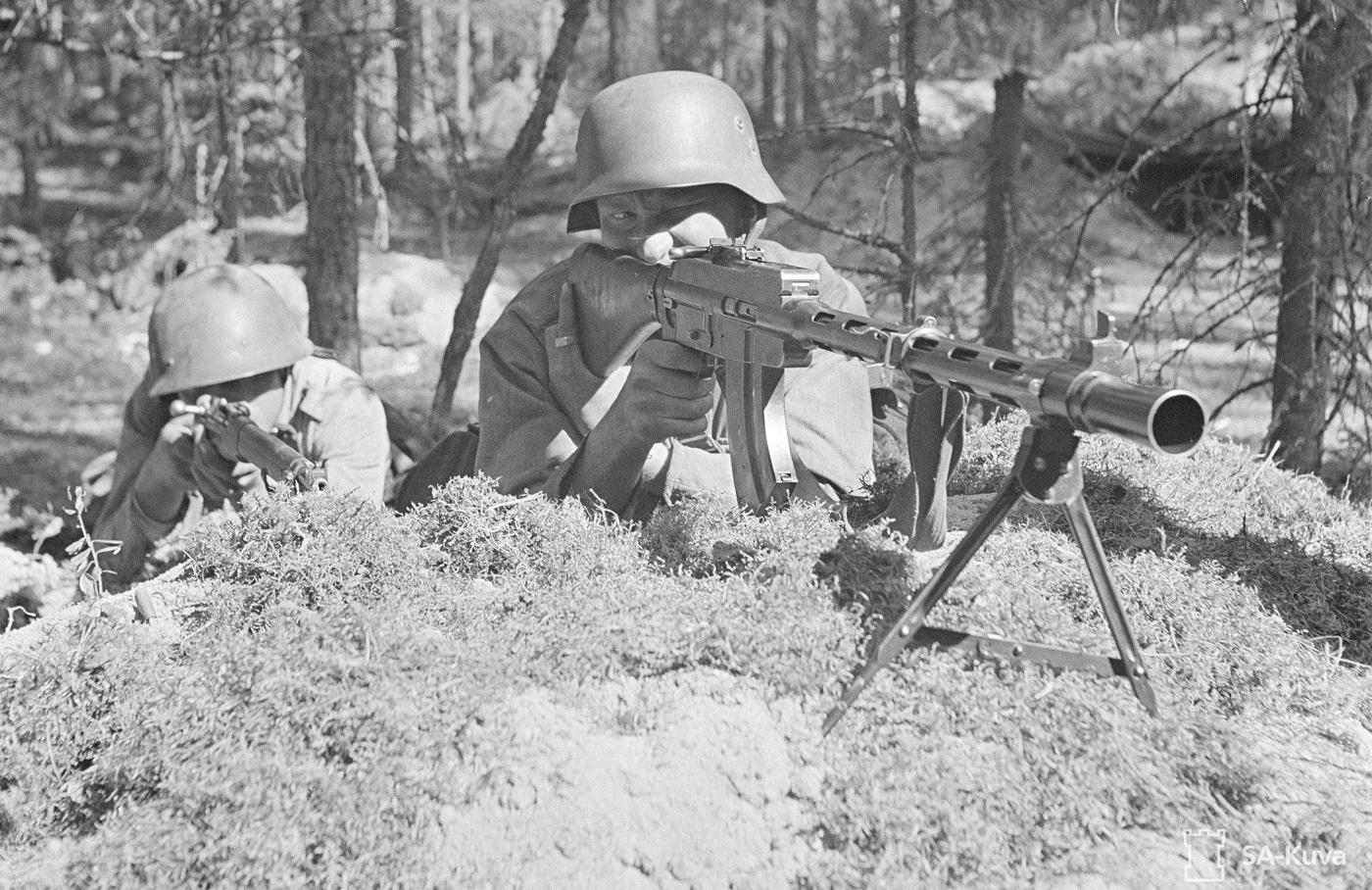
Among those was the Lahti-Saloranta LS/26 (also known as the M/26), a firearm that predated the StG-44 by nearly two decades, yet had many of the same features — while admittedly a much larger design. In fact, those unfamiliar with it would be forgiven for believing the Finnish-made weapon to be a post-World War II design, not a firearm developed in the mid-1920s when most infantrymen around the world could still be expected to be issued with a five-round bolt action rifle!
A Forward-Thinking LMG Design
Development of the new light machine gun began in 1924 after the Finnish Ministry of Defense established the Light Machine Gun Committee (Pikakiväärikomitea) to select a new LMG for the Finnish armed forces. The goal for the fledging new nation, which had only won its hard-fought independence from the Russian Empire in 1917 and then had good reason to fear the growing might of the newly established Soviet Union, was to domestically develop a machine gun that could replace the Danish-made Madsen and German-made MG08.
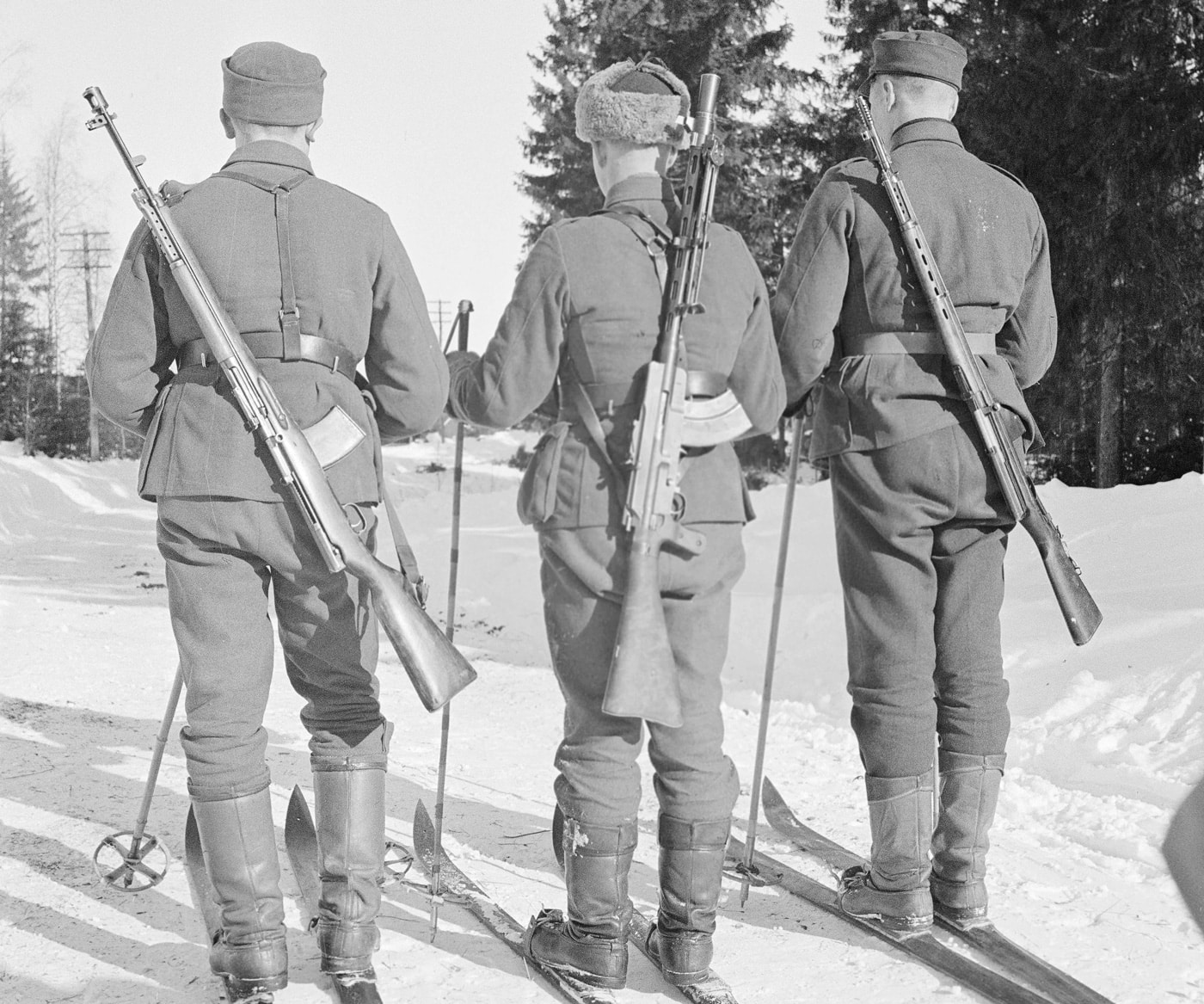
The committee’s directive was to produce something around the same size as the Madsen, which had the distinction of being the first truly successful light machine gun. With its top-loading magazine, it was noted to be light enough to be employed by advancing soldiers, while it was still well-suited to a defensive role.
In 1926, Aimo Lahti and Arvo Saloranta completed work on what would become the LS/26, an air-cooled, short-recoil selective-fire light machine gun, with both full-automatic and semi-automatic modes. It was among Lahti’s first forays into gun design, but certainly wouldn’t be his last. He would go on to be described as the “John Browning of Finland.”
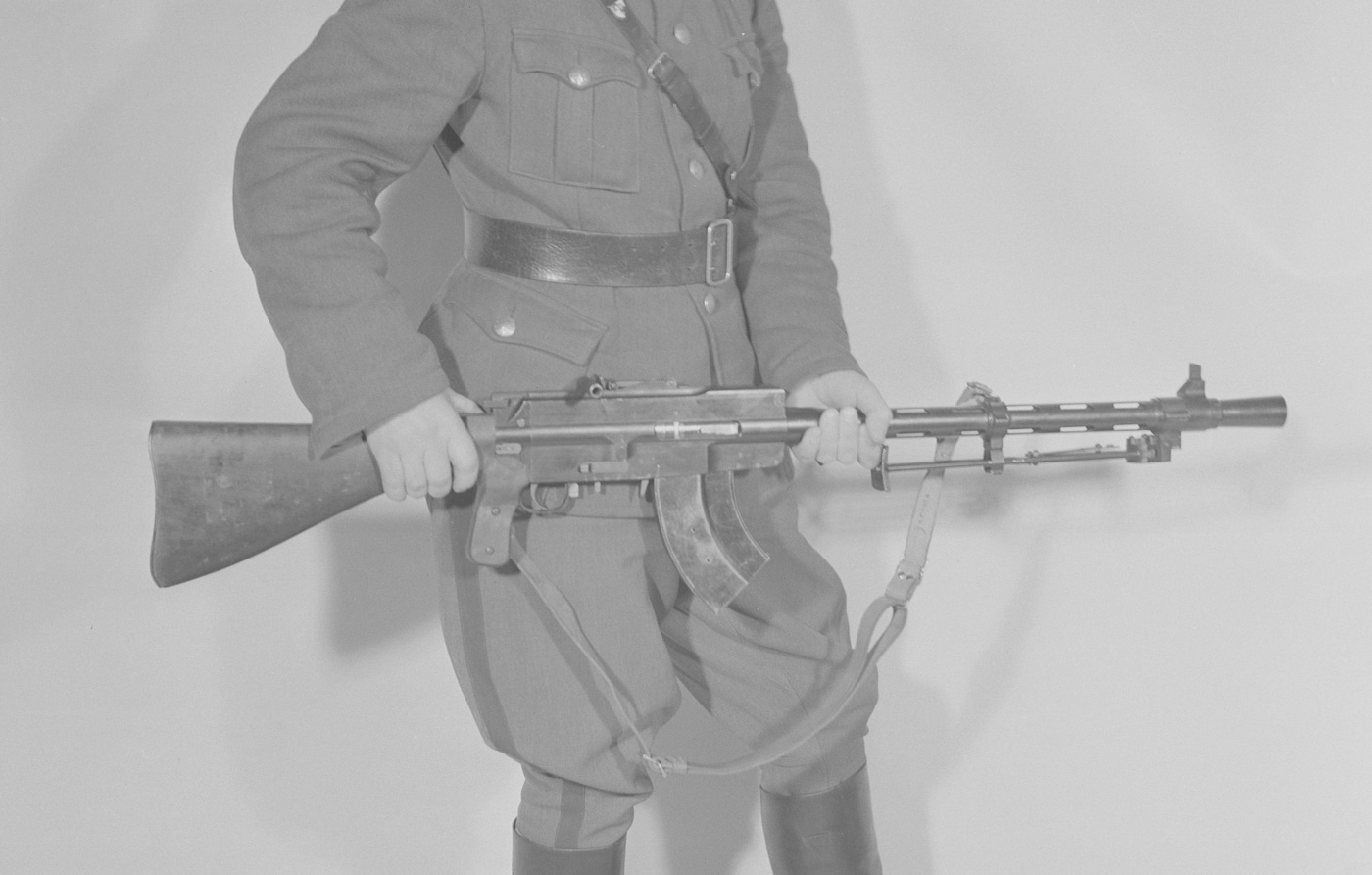
His initial concept was certainly innovative for the era.
It utilized a rifle-like configuration with a solid wooden shoulder stock with a steel buttplate and hinged steel shoulder rest, along with a pistol grip and metal rectangular receiver. It featured a two-position fire selector switch, and to the rear a safety switch. The non-reciprocating charging handle, located on the top of the receiver, employed a hollow rod projecting outward from the right side.
The LS/26 light machine gun was noted for being fed from either a 20-round box or 75-round drum magazine at the receiver, which gives it more than a passing resemblance to modern assault rifles — but again, on the large side.
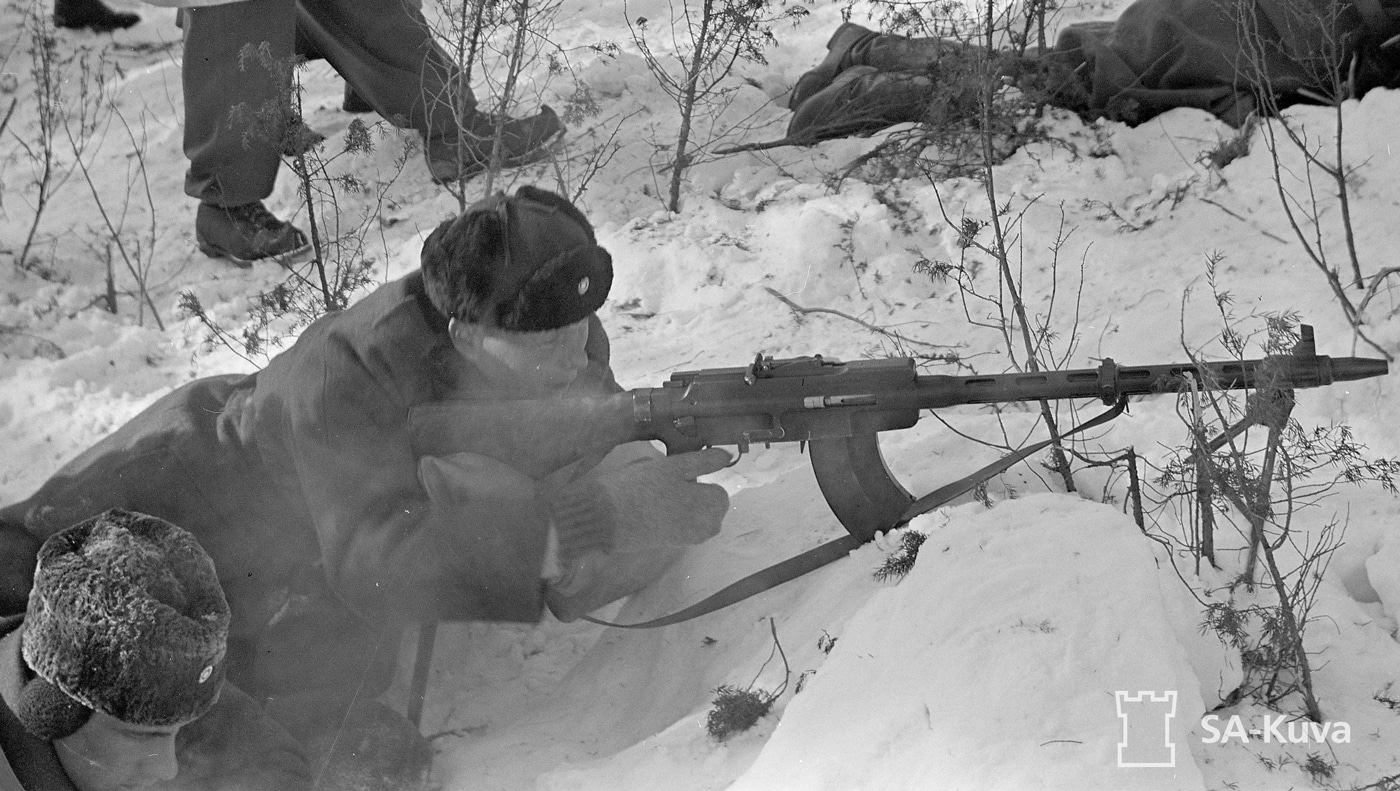
It also had an unusual (for the time) perforated barrel jacket and was fitted with a light bipod, as well as a “quick-change” barrel and folding fixed-length bipod assembly with spiked feet. These facts can’t be understated for the era. Though essentially common with nearly many military small arms today, the LS/26 was essentially years ahead of its time.
Per the specifications of the Pikakiväärikomitea, the initial LS/26 prototype produced in 1925 was originally chambered for the 7.92x57mm round, but as its development continued for another four years, it was subsequently produced to fire the Finnish 7.62x53mmR service round. It is also important to note that the Finnish cartridge was generally interchangeable with the Soviet 7.62x54mmR. According to some sources the Soviet rounds would work with the Finnish weapon, but it generally operated better with Finnish ammunition.
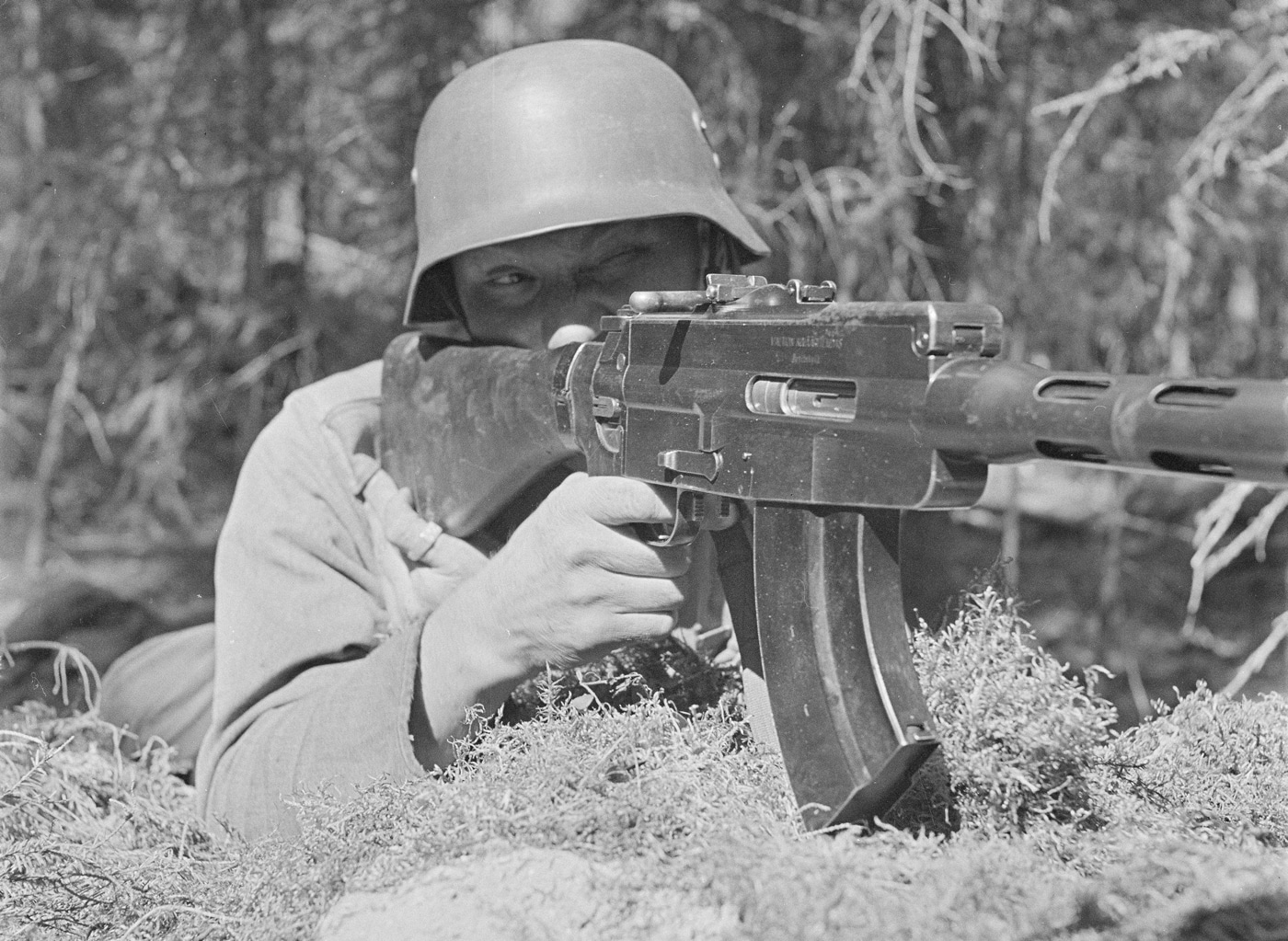
The LS/26 officially entered service with the Finnish military, which eventually issued around 5,000 of the rifles. It was used by some units well into the late 1940s, while second-line troops even carried the light machine gun as late as the early 1970’s.
The LS/26 Light Machine Gun Goes to War
Despite being introduced in the late 1920s, the LS/26 didn’t have its baptism of fire until the 1939-40 Winter War with the Soviet Union. Experienced machine gunners in fixed positions praised the firearm’s accuracy.
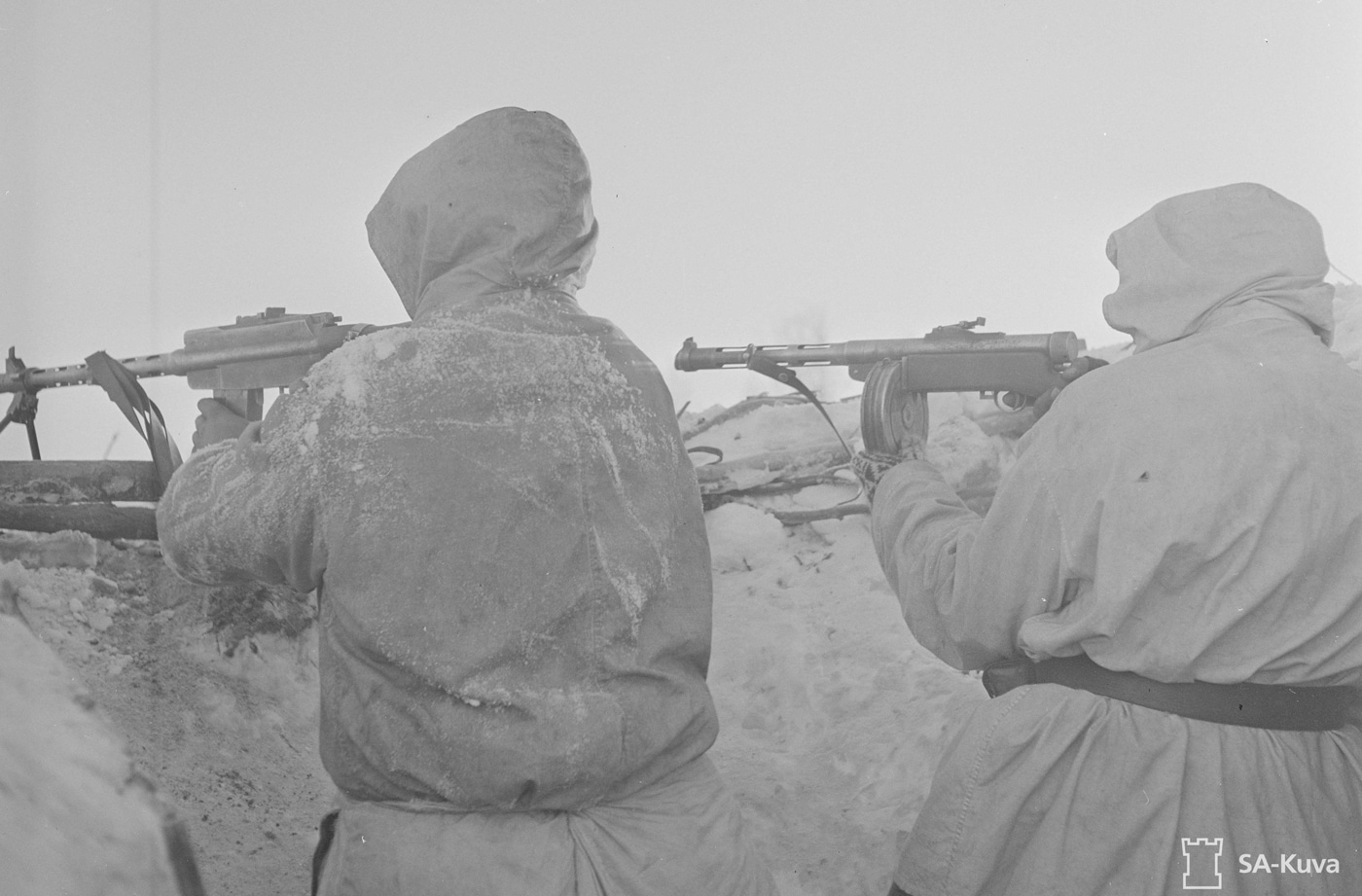
Yet, it was during the war when its most notable flaws became all too apparent. Under battle conditions in the Winter War, the light machine gun proved to be a little too well made, being manufactured to such fine tolerances that dirt could all too easily cause stoppages. This matter was made worse by the fact that it was hard to clean due to its 188 parts.
Moreover, the quick-change barrel required that the bolt had to be removed during the change process. That might not have been an issue in a controlled environment such as the shooting range, but in the field it only served to allow all manner of debris to be introduced when the action was reassembled.
It was clearly not a weapon that was designed with a citizen soldier in mind!
The 20-round magazine also proved to be an issue in combat. While it did help ensure the weapon wouldn’t overheat, it also impacted the ability to lie down sustained fire. The gun was already quite heavy at nearly 21 pounds — which likely explains why it wasn’t generally issued with the 75-round drum magazine. In the Winter War, the Finns found the captured Soviet DP-27 Degtyarev to be more reliable and better suited to the style of fighting!
Almost No Foreign Buyers
The LS/26’s manufacturer, Valtion Kivääritehdas (State Rifle Factory) or VKT, had invested a considerable sum to develop the weapon and then on marketing it to foreign buyers. Yet, despite its cutting-edge features, there was little demand on the export market for the LS/26 — in part because few nations around the world were spending money on foreign arms sales.
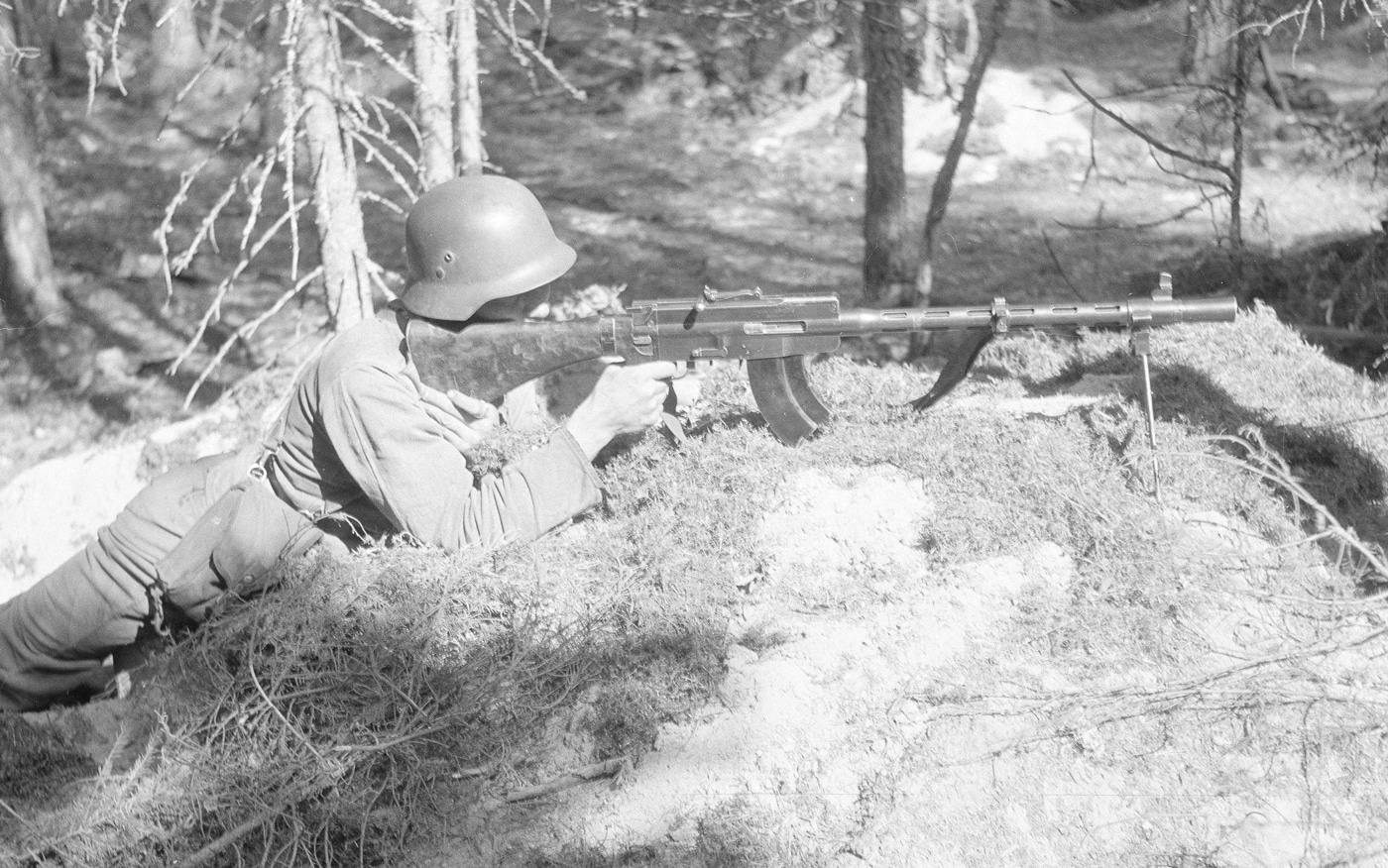
Efforts to attract buyers in Europe and then South America came to naught.
In the end, only the Republic of China purchased a small number of the Finnish-made light machine guns, chambered for the 7.92x57mm Mauser round during the Second Sino-Japanese War (1937-1945). Only about 1,200 of 30,000 ordered by Peking were actually delivered — and some sources cite external pressure from Japan as being a factor.
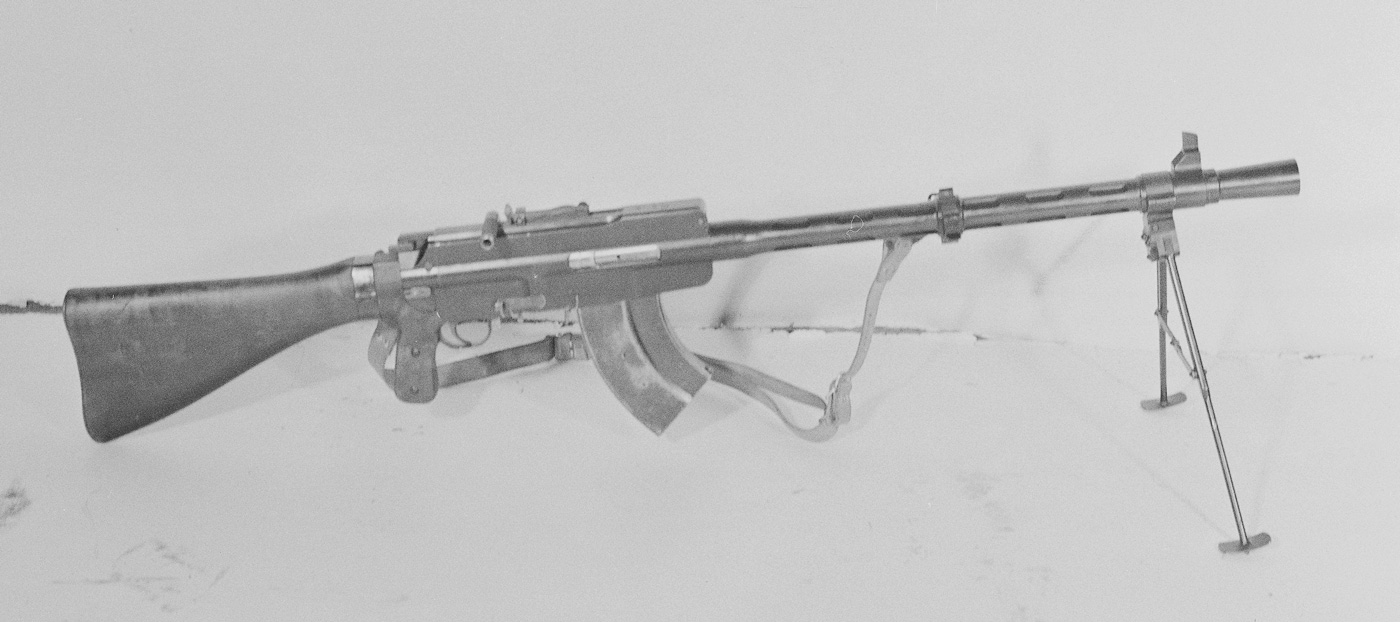
The LS/26 in Popular Culture
Due to its limited role even in the Second World War, the LS/26 is truly one of those long-forgotten firearms that few have likely heard of and fewer have seen. Of the thousands that were produced only a handful are even known to be on display in museums. One is known to be in the Mikkeli Infantry Museum in Finland, while another is now in the collection of the UK’s Royal Armories.
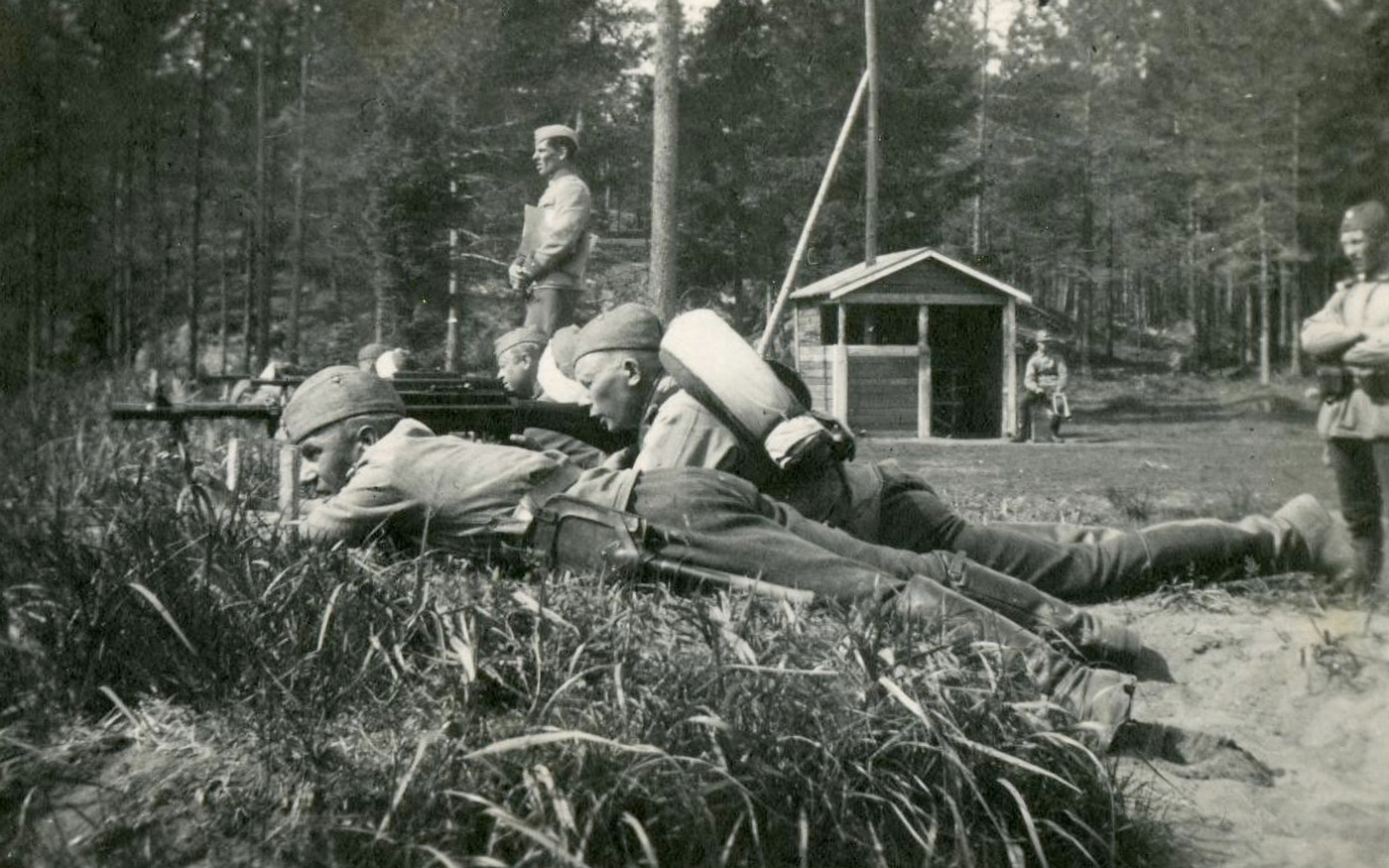
As a result of its rarity, it is unclear if any are even in private collections.
Moreover, the LS/26 has only appeared in a handful of films — notably, all three versions of the Finnish-made The Unknown Soldier, based on the novel of the same name by Väinö Linna. It tells the story of a Finnish machine-gun company that is full of young recruits in the Continuation War 1941-1944, from the days just before the war began to the end of the war. The first version was made in 1955, and it has since been remade in 1985 and 2017. All three versions have been among the top-grossing Finnish films for the respective year the film was released.
The LS/26 light machine gun’s other movie credits include the 1989 film The Winter War, 1992’s The Warrior’s Heart, and 1999’s Ambush (Rukajärven tie).
For now, it would seem those films are about as close as firearms enthusiasts might even get to see a Lahti-Saloranta LS/26 light machine gun.
Editor’s Note: Please be sure to check out The Armory Life Forum, where you can comment about our daily articles, as well as just talk guns and gear. Click the “Go To Forum Thread” link below to jump in and discuss this article and much more!
Join the Discussion
Continue Reading
Did you enjoy this article?

 63
63






